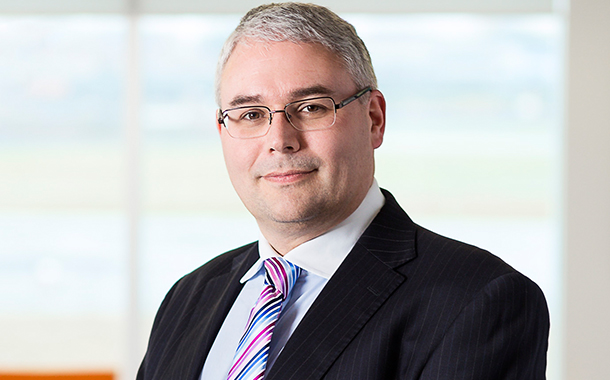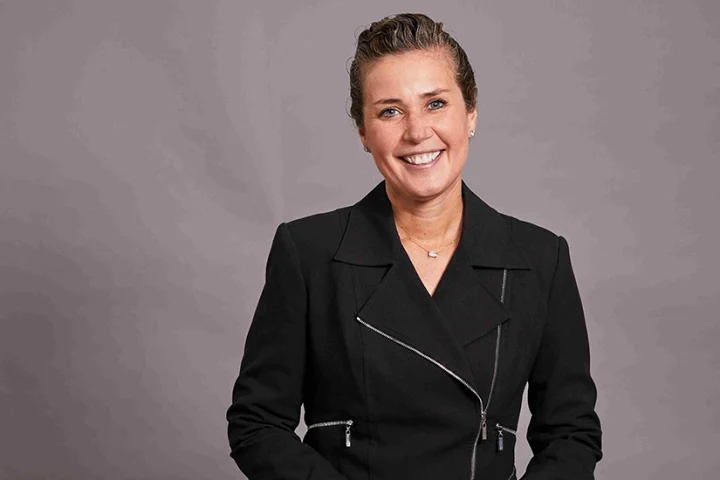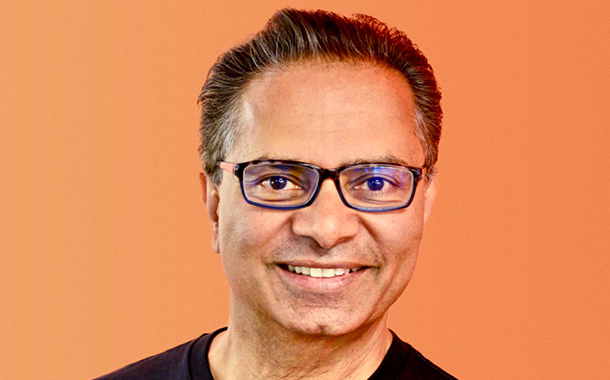Thirty years ago, all of an organisation’s intelligence would have been held in data centres. Today, we’re at a stage where some of that workload can be moved onto edge devices.
Mobile network providers, probably the pioneers of edge computing, use it to bring processing power close to the network edge and massively reduce latency, which is especially important in enabling the speed and availability promised by 5G. It has been widely adopted in sectors such as manufacturing, too.
Typically microprocessors with limited intelligence, these sensors monitor and measure factors such as pressure, heat, or water flow. A domestic smart meter is, effectively, an edge device – it has some processing capability, it records a household usage of gas, electricity, or water, and it makes use of that information.
The best use case for edge computing in local government is in the management of smart cities
Following this logic, perhaps the best use case for edge computing in local government is in the management of smart cities. As smart meters will, in time, be used to manage domestic energy use, so edge devices can be used to manage various aspects of a city.
Consider the task of managing traffic flow in the city centre. Only by understanding how busy the roads are at any given point in time is it possible to know whether or not to close a particular road, or to change the phasing of traffic lights to alleviate congestion.
Relying on centralised processing means any data will always be out of date. By the time it’s addressed, the issue in question may have moved elsewhere, grown in size, or vanished altogether.
Relying on centralised processing means any data will always be out of date
However, by putting the processing power as close to the roads as possible, and adding AI and machine learning technology to the mix, it’s possible to give a degree of autonomy to the traffic light systems. By understanding cause and effect from previous similar instances, and by learning what’s needed to remedy a particular situation, the combination of technologies will enable an edge device mounted on the lights to identify the issue and apply the appropriate fix – in real-time.
Traffic management is just one way in which edge technology can be applied to managing a city. Other examples include the monitoring of HVAC systems in council-run properties for more cost-effective energy usage, and measuring shifting household and business behaviours for more efficient waste or water management. It has a role to play in contingency planning, too.
For example, the Japanese city Fuji has edge devices located in strategic locations, constantly streaming various forms of environmental data, enabling the emergency services to react almost instantly in the event of an earthquake, deploying emergency personnel where they’re most needed at any given time.
The potential of edge processing continues to grow. Ultimately, its benefits – and capabilities – will be seen in the places where it’s most useful. The sensors mounted on a city’s traffic lights could be used to manage traffic flow by employing image recognition technology, for example, as well as adapting the phasing of the lights themselves.
It’s no secret that government departments do not always have the budget or resources they need for everything they want to do. An automated, edge-based system, however, is far smaller than the data centres which departments have relied upon in the past, and requires far fewer people to manage.
By enabling departments to choose what data they collect, and for what purpose, it also allows them to decide where that data should be collected from, and whether that edge device even needs to be connected at all times.

























